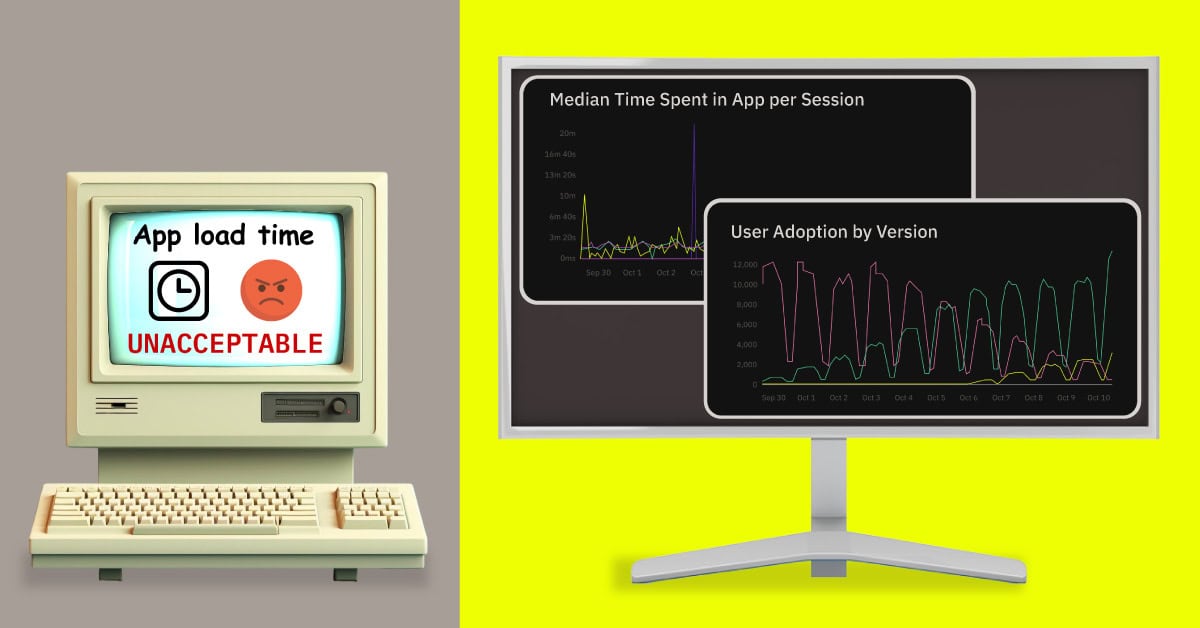
At Embrace, we understand that the complexity of modern application architectures can make it challenging for developers and operations teams to gain a comprehensive view of their systems. With diverse backend services, infrastructure, and mobile applications, having a unified observability strategy is vital for effective monitoring and troubleshooting.
To address this challenge, we have developed a solution that seamlessly transmits vital metrics—such as traces, logs, sessions, and network data—from our platform to popular destination platforms like Grafana Cloud, New Relic, and Datadog. By integrating Embrace’s mobile metrics with backend metrics, we empower our customers to visualize and analyze critical performance indicators from both backend services and mobile applications within a single, centralized interface. This streamlined approach not only simplifies the observability process but also enhances decision-making capabilities by providing real-time insights into the health and performance of their applications.
In this post, we’ll explore the details of our Data Destinations system, starting with an overview of how Embrace collects, ingests, and transmits data to destination platforms through protocols like OTLP.
TL;DR: Embrace’s Data Destinations make it easy to send mobile metrics—such as session counts, crash rates, and network performance—directly to destinations platforms like Grafana Cloud, Datadog, and New Relic. The process involves collecting data through the Embrace SDK, generating structured metrics, and transmitting them using OpenTelemetry. Key challenges addressed include managing varied authentication methods, ensuring the correct order of time series data, and handling delayed data from mobile devices. By integrating mobile and backend data in one place, Embrace simplifies monitoring and troubleshooting for developers and operations teams.










